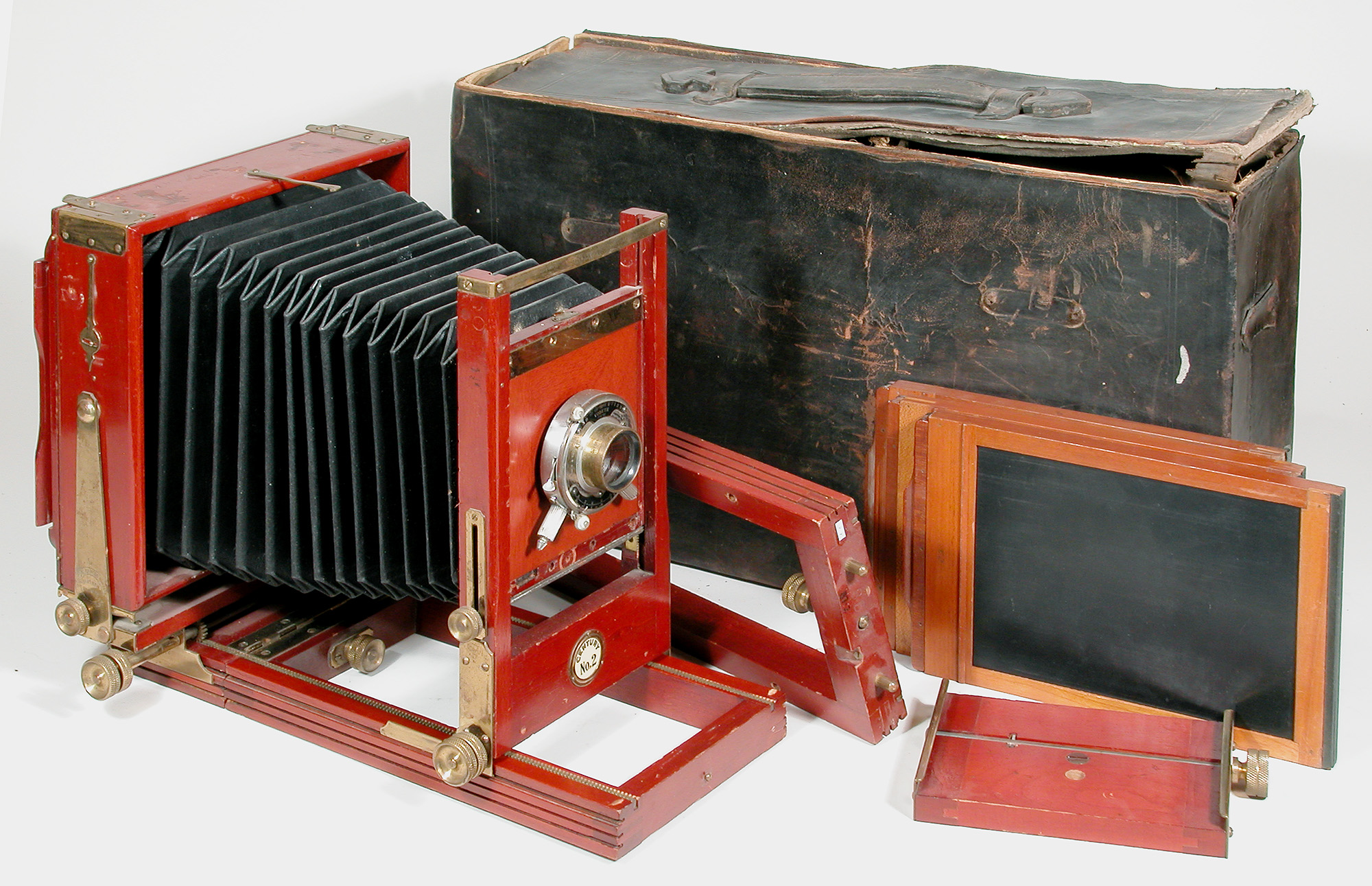2012 Resolutions, Just for Kicks
 Friday, December 30, 2011 at 4:23PM
Friday, December 30, 2011 at 4:23PM Many other photographers I know and follow are already posting their New Year's Resolutions for 2012. Not wanting to be left in the dust, I got to thinking what things I could do a bit differently in 2012. So far, here's what I've come up with...
2012 Photographic Resolutions:
- Conceptualize - For the coming year, I want most if not all the images I take to have some meaning behind them; a unifying theme amongst them wouldn't hurt either. Snapshots, even 8x10" ones on wet plate collodion, aren't going to cut it.
- Mobilize - To move outside the University of Findlay darkroom, I want my wet plate work operable and independent of a singular space. Lighting and darkbox are already in place, just a few more steps to complete.
- Galvanize - Using whatever means available, I want to inspire others to get into or improve their photography.
- Monetize - This is always something I wish to improve upon each year, but I want 2012 to be an especially big year on the books. Last year, save a couple of books here and there, my photography paid for itself! Let's see if 2012 can see the year of *gasp* a profit!
So why do all of my resolutions contain an "-ize" word? I've always been a big stickler for consistency and continuity in my projects, and if resolution #1 is going to be met for 2012, better get started early!
As always, let me know what you think of this post a comment, send an email, or even let me know what you're planning on doing for 2012.
Everyone have a save and happy New Year, and long live film!
 Mat Marrash
Mat Marrash
I'm going to be "checking up" on the 2012 resolutions throughout the year, as things progress and (hopefull) get accomplished.
3/14/12 Resolutions Report
- Looking back, its quite an unrealistic goal to have everything I shoot contain something meaningful. Somewhere along the way I've remembered the joy of shooting just to shoot! ^__^
- The mobile wet plate darkroom is 85% completed, and already "road worthy".
- Already inspiring may new and upcoming photographers, right on track.
- Monetization is, so far, going very well. I expect the coming weeks to really make 2012 the year of the green.
 2012,
2012,  large format,
large format,  new year,
new year,  new years,
new years,  photography,
photography,  resolution,
resolution,  wet plate,
wet plate,  workshops in
workshops in  Just Me,
Just Me,  Photography,
Photography,  Social Media
Social Media 
